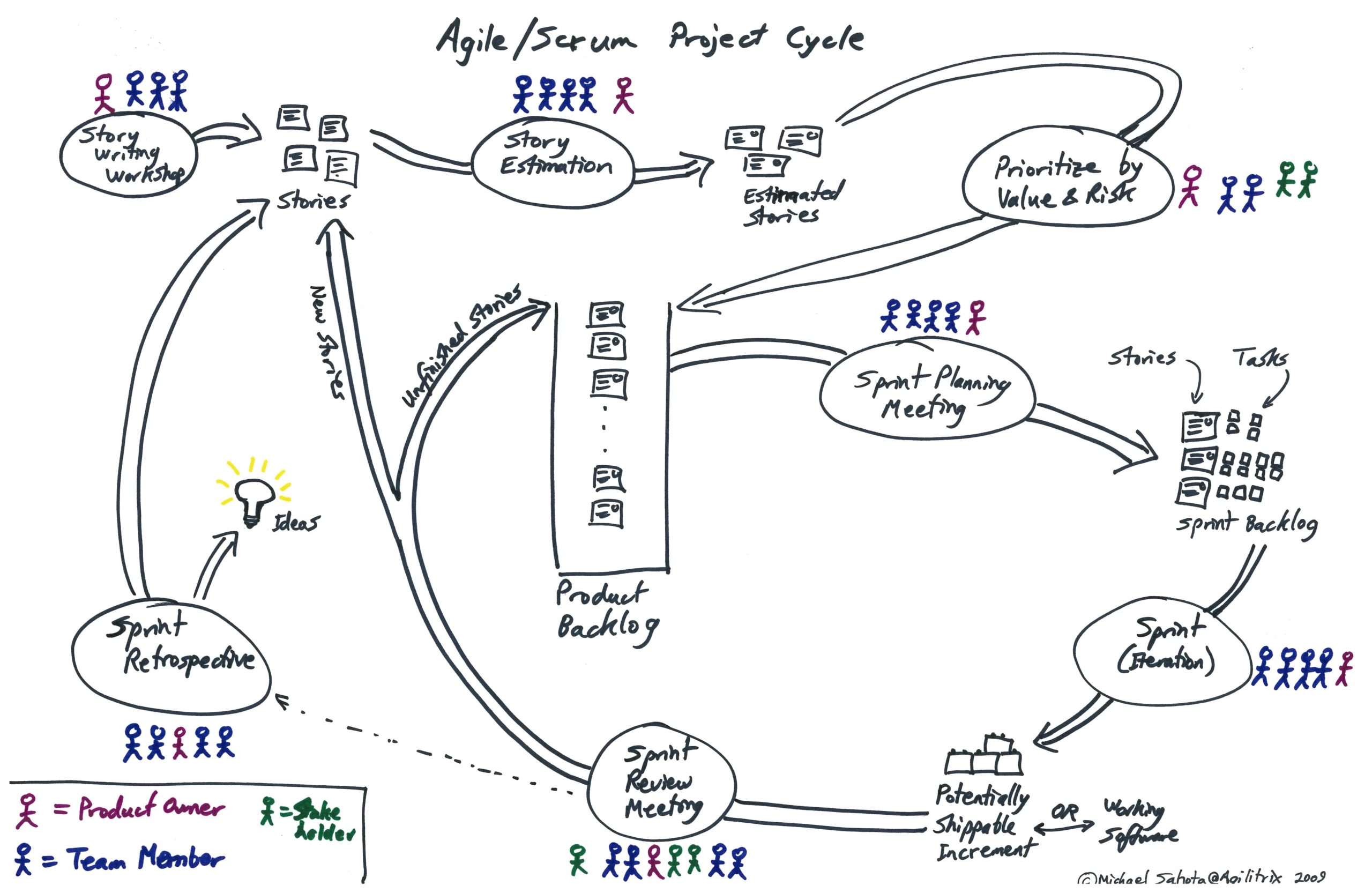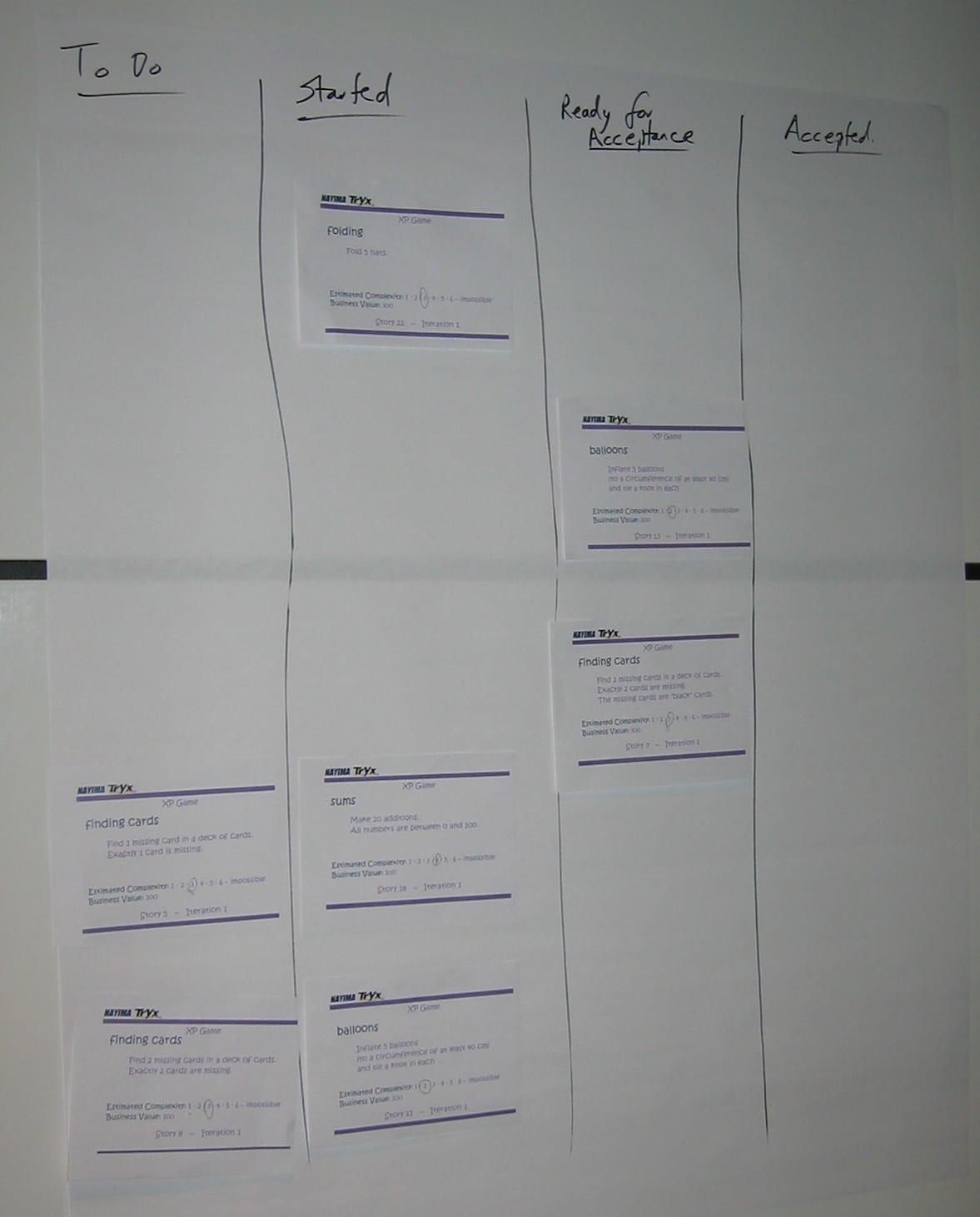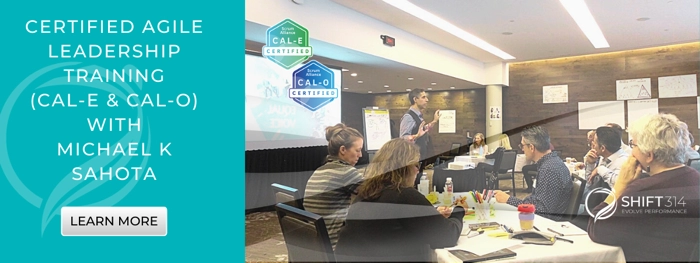A couple of weeks ago, I needed to run a workshop for some people new to Agile. My initial plan was to use the XPGame by Vera Peeters and Pascal Van Cauwenberghe. It’s really great, but it’s XP (not that there’s anything wrong with that).
From my perspective, the process part of XP is almost indistinguishable from Scrum (except that Scrum provides more safety by making some things explicit). I thought I would be OK to use with my client who is transitioning to Scrum (+XP).
Initially I thought it would be healthy to present the XP-perspective since it is not that different. The part where I got really stuck was using the term developers for the team. It didn’t feel quite right so after some reflection, I decided to modify the XPGame to become a Scrum simulation. The rest of this blog how to do it.
I got really great feedback from the folks who attended and someone from Agile 2009 was looking for this so I thought I had better post my notes.
2 Hour Agile Introduction and Simulation
The audience was people who were new to Agile. They heard about Scrum from other teams and wanted to learn more.
First 30 minutes – slideshow introduction to Agile (IID & Waterfall History, Game of communication and cooperation, Agile Manifesto, Who uses Scrum and what for, 1 slide each on Scrum, XP Engineering practices, Crystal Clear and Lean.
Next 90 minutes – The simulation described below. Note: we only had time for 2 (not all 3) iterations.
Pre-production: Learn the XPGame
The first thing to do is read through the manual and the rest of the goodies in the XPGame. It is chock-full of great stuff. I am not going to replicate the XPGame for you – just go download it (link above) and go.
The main part that we will reuse from the XPGame are the stories. These are fun things like blowing up balloons or building a card house. People who walked by the meeting room thought we were having a party! As well, you’ll need to fill a bag with all the supplies. Oh one more thing – maybe Canadians aren’t as well trained as Belgians, but one problem I ran into was how to make hats and boats. There are lots of online instructions. Here are the ones I used for hats and boats.
Use 1 Slide for the whole game
I ran the who game off the one slide below.
The ovals represent activities that take place. The artifacts are as indicated. The arrows show the flow of activities and how artifacts are transformed.
The location of the Product owner (purple) and team members (blue) indicate who is leading and who else is involved. There are also stakeholders (green).

(You are welcome to use this slide under Creative Commons 2.0.)
Story Writing Workshop
In this step, I hand out the stories for the iteration to the PO’s (Product Owners).
Story Estimation
This works pretty much as described in the XPGame. One difference with Scrum is that although the team owns the estimates, the PO participates as well since she usually has relevant information.

This is done in a commitment-driven fashion with the team accepting one story at a time until the team think it cannot take on more work. As stories are selected, they are posted on the ScrumBoard.
Another change from the XPGame is to use a ScrumBoard to track what stories are planned, in-progress and ready for acceptance. See photo on the left. This helps coordinate the team and allows non-team members to see what is going as well
I used the really large 3M posters although flip chart paper or just tape on a wall would work too.
One more thing: you will need to get 3M PostIt Restickable Glue Sticks so the cards can be moved around.
Sprint
The XPGames mandates that only one story be worked on at a time. In my game, I let the teams decide how they wanted to work. Self-organization?
Timers. The XPGames says to use a 3 minute sand clock (I couldn’t find any) and pause them while answering questions and acceptance testing. This would fine if I had just one team, but I had 3 team! The workaround was to run a large display timer on the overhead projector. I used XNote Stopwatch and set it to 5 Minutes. That worked OK. I may try 4 minutes next time…
Sprint Review Meeting
This is where I (as head PO) accept or reject stories based on acceptance criteria.
Sprint Retrospective
I talk to the diagram and let them know what usually happens before running the Iteration Debrief questions.
Learn More at our Certified Agile Leadership Training.
Check the Calendar Here:



